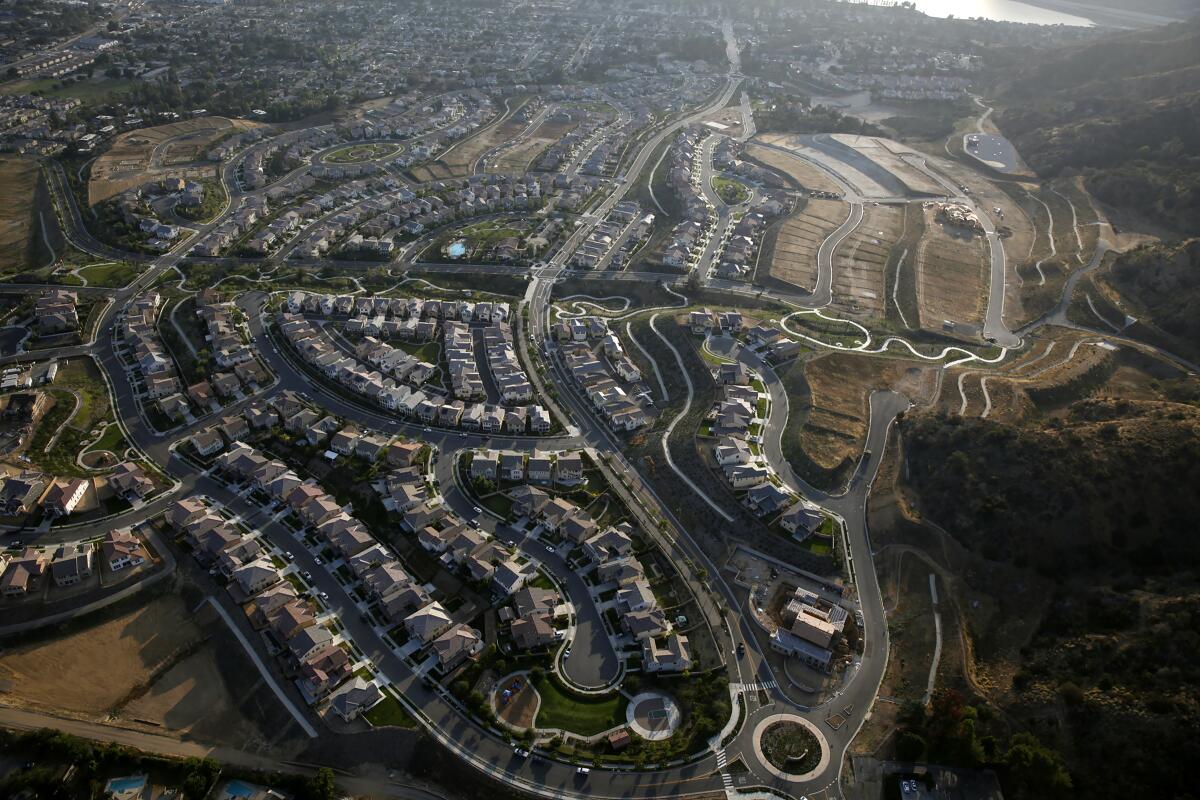Letters to the Editor: Single-family zoning is a relic of 1930s L.A. Why are politicians defending it?

- Share via
To the editor: One is tempted to ask the South Bay city officials who wrote the op-ed article decrying the bill in Sacramento to change local single-family zoning what actions they have taken on the housing affordability crisis. The longer letter that they sent to Gov. Gavin Newsom against Senate Bill 9 is really a NIMBY commentary endorsed by a large number of officials from dozens of cities in California.
Maps of Los Angeles from the 1930s and ’40s show a basin that looks very much like it exists today, minus a good deal of urban sprawl. What’s really changed is the population. Today, it is simply impossible to cram more than 10 million people into cities and towns with lot platting designed for the 1 million to 2 million people who lived here from 1920 to 1930.
The politicians who signed this letter are simply living in the past. They should stop complaining about legislative action in Sacramento and instead get on with planning and problem solving. If they enact better planning ideas that address the housing affordability crisis, they might spend less time on unsophisticated, territorial lawn marking.
R. Lyle Boatman, West Hollywood
..
To the editor: Recently I attended a webinar given by the city of Los Angeles Planning Department, and some of the statistics they shared underlined the need to change single-family zoning in order to house more people.
In Los Angeles, 57% of the land is used for residential housing, of which 70% is zoned for single-family homes. Last year, the largest number of new units built were for high-income residents. The average rent is way above what most people can afford, and people are living in crowded accommodations to share costs.
Changing zoning to limit single-family-only areas will allow more flexibility. The alternatives are more people on the streets or expanding the city into threatened environments. Both are unacceptable.
Rosemary Leibowitz, Studio City
More to Read
A cure for the common opinion
Get thought-provoking perspectives with our weekly newsletter.
You may occasionally receive promotional content from the Los Angeles Times.









